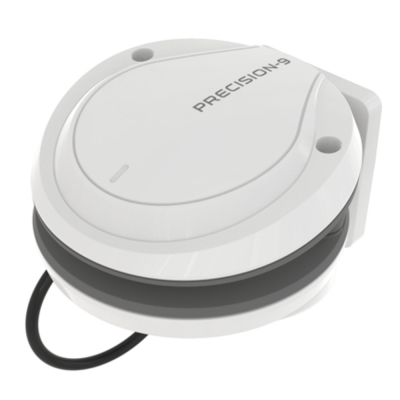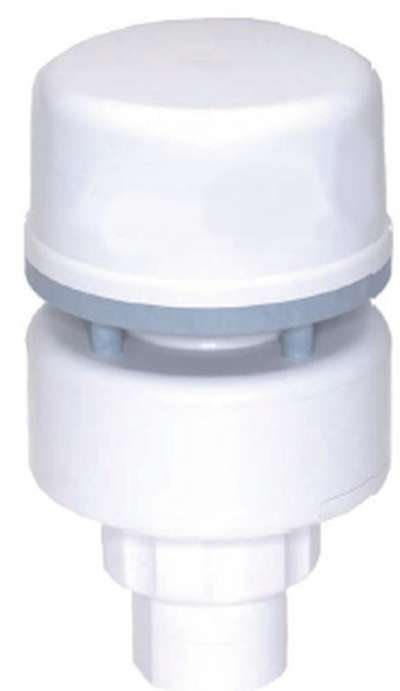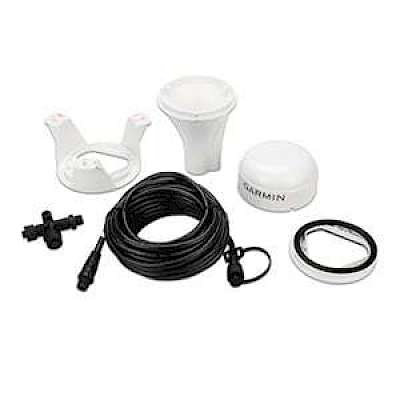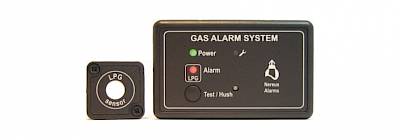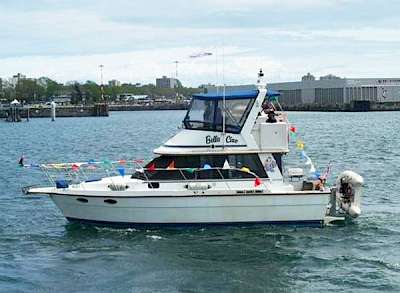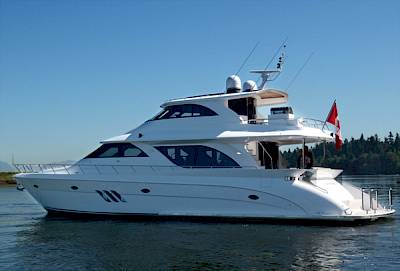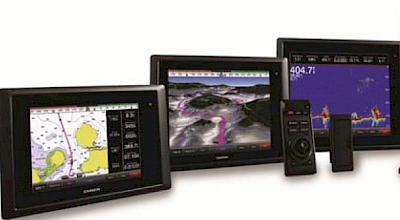
Man Overboard Electronics
New technology is making boating safer than ever but there still isn’t a substitute for good old practice.
Well, it’s that time of year again. Though there are still beautiful days, the nights are chilly and the water temperature is dropping. As the water gets colder, safety in and around it becomes more important. For many boaters, falling into cold water is a leading safety concern, only emphasized by recent tragedies. Regularly practising victim recoveries, and using harnesses, tethers, and PFDs before an incident occurs can greatly increase survival and recovery chances.
There are also lots of new man-overboard features and products now available. This month we’ll take a look at some ways to use your electronics to track and recover man-overboard victims, keeping you, your guests or your family safer.
Alarms
Remember technical advances do not counteract inexperience in spotting a victim in the water or crashstopping a boat. We can’t overstate the importance of practising basic man overboard seamanship. Enhancing this with modern technology is a bonus, and like a lifejacket or tether, it won’t work if it’s not used. Once someone has gone overboard, knowing they’ve gone overboard and knowing where they are is critical. Let’s navigate some choices of products that help with this.
There are a few types of water-activated alarms that produce a loud alarm when submerged. AutoTether’s Screamer alarms, Mobilarm’s MOBilert system, or Raymarine’s Lifetag man-overboard alarm are three examples. With these systems, small tags are worn by people (or pets) on a boat, which are wirelessly connected to the base unit. An audible alarm is activated when a tag moves outside a given distance from the base unit, or the connection is broken by water. Be careful of where the tags are worn on the body, because if the water sensor doesn’t get submerged the alarm may not sound. Typically tags also have a distress button that can be activated by the person in distress.
Different systems support different numbers of tags, so consider how many people or pets you want to monitor. Regular drills with the alarms will ensure everyone on board knows what to do when they hear them. Just make sure that any testing isn’t sending a distress call to other boats or the Coast Guard, as false or testing distress calls are illegal.
Location Marking and Steering Assistance
Raymarine’s Lifetag system can also automatically trigger the man-overboard function on a Raymarine chartplotter. The MOB function is standard on most chartplotters, and isn’t exclusive to Raymarine. Like a marker flag pole thrown overboard immediately, the MOB function on a chartplotter creates a GPS waypoint. Typically it will also make it the active waypoint for a connected autopilot to return to, and also zoom in the radar range for close-range detail.
Press the MOB button immediately when someone (or something) goes overboard, and don’t forget to throw your standard buoy or marker flag. Some modern autopilots can be set to follow recovery patterns or to manoeuvre quick 180° turns to assist with recovery. Sailboats unfortunately cannot take advantage of these features under sail. You can easily test run these systems in open water with a crewmember throwing a lifejacket overboard. See how fast you can mark the GPS position and safely get the boat turned around.
Visual Aids
While a GPS waypoint at the last known position can be very helpful to get you close to your victim, visual contact is much more valuable than a fixed GPS location, as currents and winds will move a victim in the water. Strobe lights on PFDs, brightly coloured clothing, flares and modern recovery laser pointers can help keep visual contact with the person in the water.
For lifejacket strobes, look for a strobe with a long operational battery life (eight hours or more), IP68 waterproofing, and bright light visible from at least one mile away. Strobes that activate automatically when submerged are less common, but great for a panicked or unconscious victim. They tend to be larger though, and
less likely to be worn.
Trackers and Beacons
Beacons and trackers that give a precise and real-time position of a MOB victim are invaluable. The latest advances in standards and technology have seen personal beacons with a GPS and VHF antenna included, which transmit a distress signal and GPS location to nearby vessels.
Mobilarm’s Crewsafe V100 and Kannad’s Safelink R10 SRS are both small and designed to be worn by crewmembers. The Crewsafe only requires a VHF radio with DSC functionality to receive an alarm, sent periodically to update position information, while Kannad’s devices use AIS transmissions so they require an AIS receiver for a vessel to receive them. Check out the December 2011 “Tech Talk” column for more information about AIS.
Like man-overboard alarms and strobes, personal beacons differ in their activation method. Some require a manual button press, while others are activated by a lifejacket inflation or submersion. Automatic activation is a lifesaver if the victim is knocked unconscious on their way overboard in rough seas where they’ll be difficult to locate. Keep in mind these are short-range beacons. Two miles is a standard distance at water level, so alarms to initiate the recovery immediately are still critical.
Chartplotters and AIS displays also vary in how they present these AIS distress targets. At the moment, there are few standards on how to display an AIS distress target, with varying support from the different manufacturers. The DSC beacons are more likely to be received by other boats, as VHF DSC radios are presently more common than AIS receivers.
Whether AIS or DSC, GPS beacons are much more accurate than older generations of PLBs, direction-only homing beacons or EPIRBs. Manufacturers of GPS beacons have successfully addressed issues which used to plague man-overboard beacons, such as location accuracy, large size and weight. As well, now nearby vessels can receive the alerts, rather than waiting for a global satellite network to receive and relay the call. This also means that they should never be tested, except using specific test functionality. Doing so will alert the Coast Guard and nearby vessels of a false distress call.
Maintenance
Finally, like all safety equipment, regular maintenance and training is very important. Check battery levels or battery service dates before taking your boat out. By ensuring that everyone on board knows how to use all safety equipment, you and everyone else on board will be better prepared for an MOB emergency, and can even prevent one from happening in the first place.
About the author: Jeff Cote is the owner of Pacific Yacht Systems, a full service shop delivering marine electrical and navigation solutions for recreational boats. Visit their website and blog for info and articles on marine electrical systems, projects and more: www.pysystems.ca.
Related Content





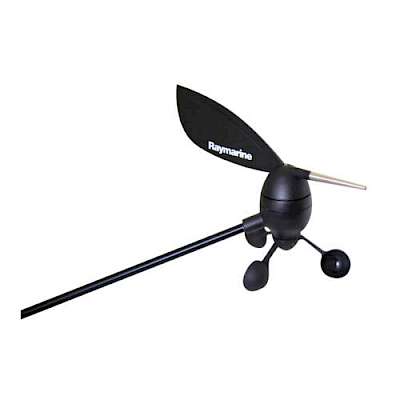
 $840.99
$840.99 $611.43
$611.43
